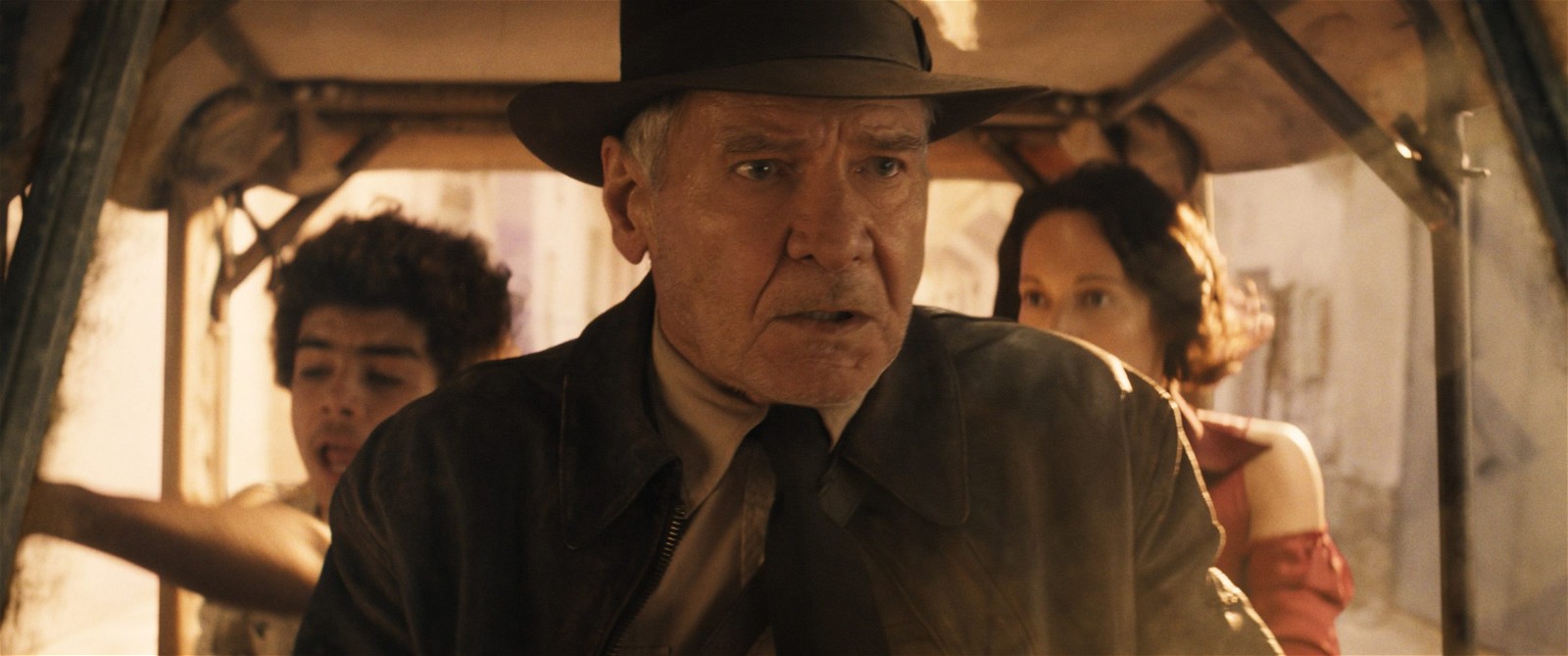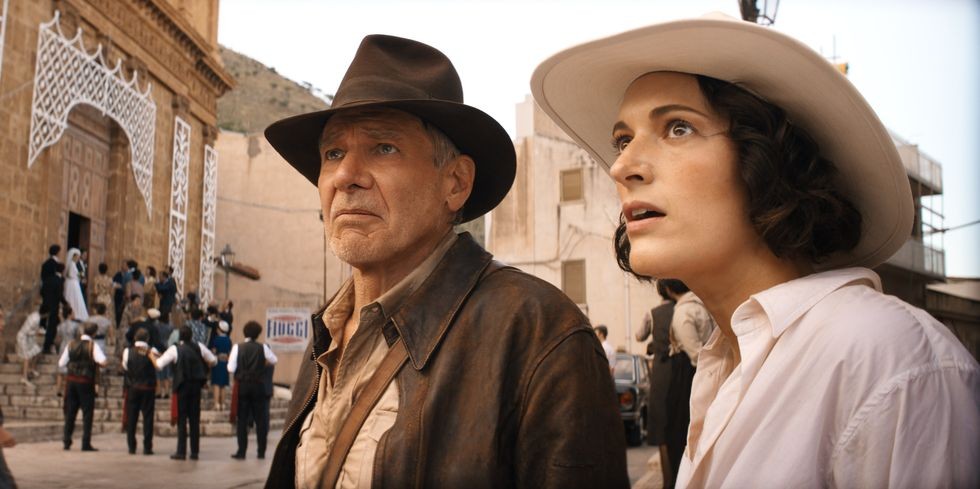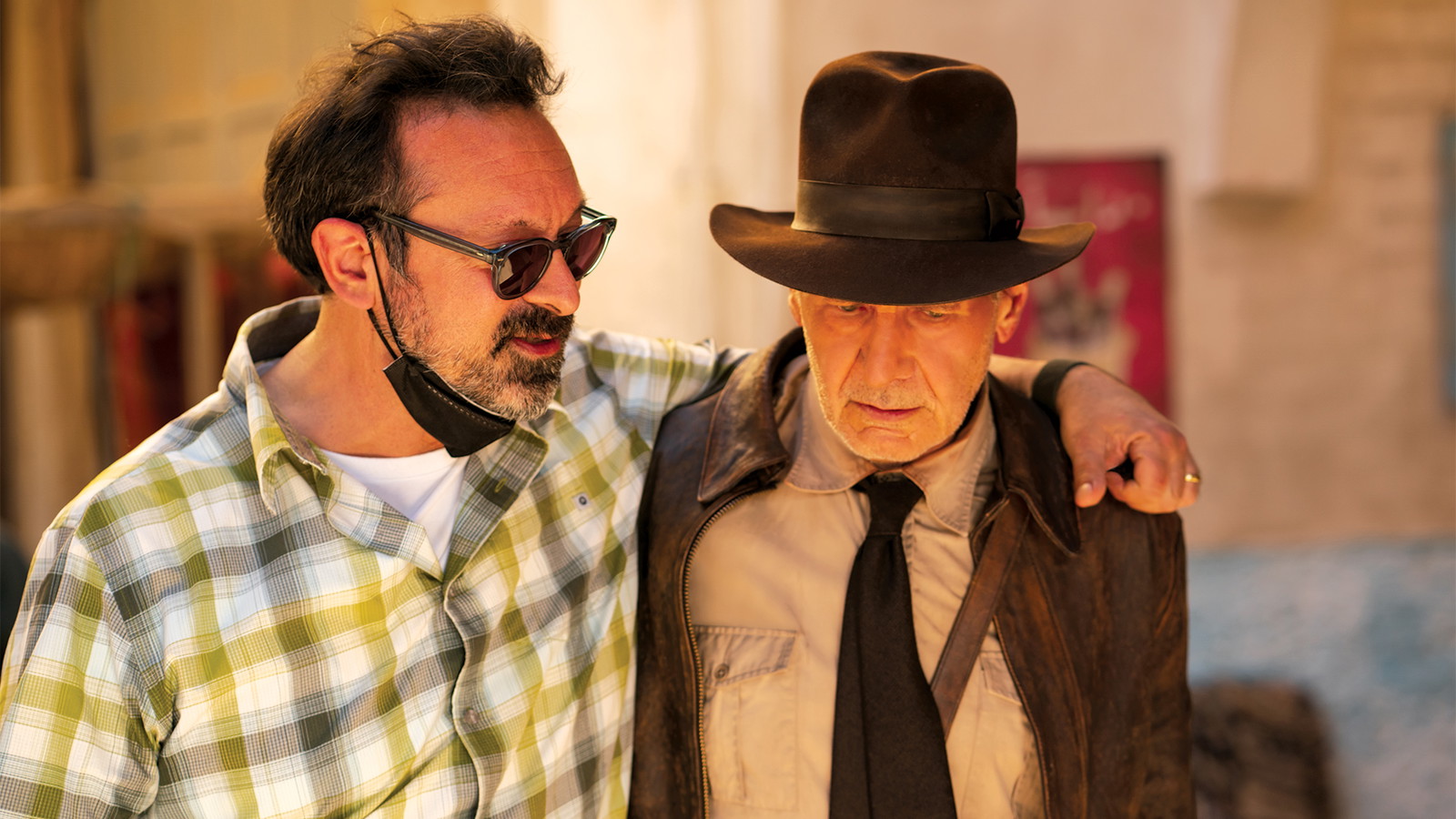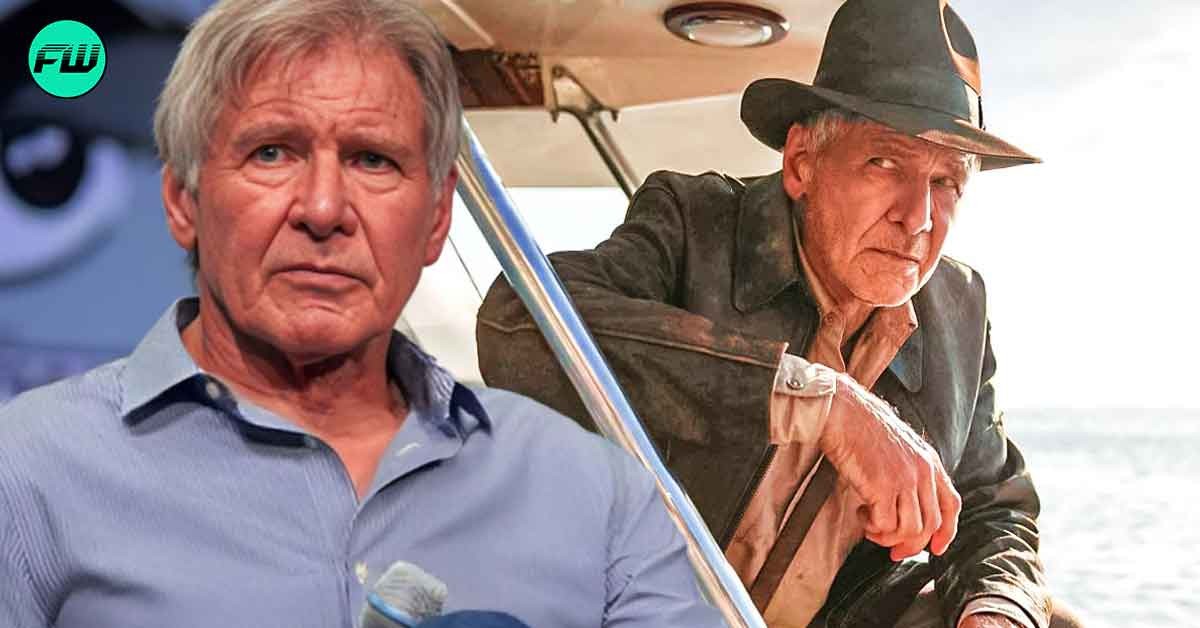The iconic Indiana Jones franchise is full of twists and turns keeping the audience on the edge of their seats in all the five movies. The most recent installment is no strange to a twisting climax, in fact, it corroborated the whole premise of the movie.

Indiana Jones and the Dial of Destiny is out now and it has a remarkable ending introducing historical characters and places taking the audience back to ancient Europe for the maximum thrill. However, the ending could be a subject of the pop-culture debate.
Harrison Ford’s Concern Over The Ending of The Film

Warning: Spoilers ahead
In the climax scene, Antikythera— the Dial of Destiny takes all the concerned characters back to Sicily, during the 213-212 BC siege of Syracuse. In the Roman invasion of ancient Italy, Voller’s (Mads Mikkelsen) Nazi forces get involved. Some interesting twists later, surprisingly, Dr. Indiana Jones bumped into the infamous Greek mathematician Archimedes himself.
The movie unfolds the fact that Archimedes created Antikythera to get help from the future for the protection of Syracuse. The ending of the fantasy adventure could be a lot for many fans but Harrison Ford assured the essence of it. “I’m always concerned that we have the opportunity to do the best we can with, with our part of the job,” Ford said.
“But, you know, taking something from from the page, something of such breath, and when you put a frame around it, it almost defies reality. So the things that are happening in that frame, if it’s real emotion, if it’s real joy, if it’s real concern for another person, if it’s real, if the relationships are real, that’s what the audience feels. They feel the real, the reality of humanity. And that carries them through some of these more unbelievable experiences.”
Ford insisted that the reality-defying scenes were primarily created to sustain the emotion and relationship among the characters. Mikkelsen who played the antagonist, Voller agreed saying, “I don’t see this as a stretch. If you ask Einstein, we’re closer to reality than any of the other films.”
The time travel paradox twisted the cinematic narrative of the movie to the core and it will be worth seeing how fans react to the narrative ending.
What Director James Mangold Said About the Big Swing?

Given the history of the franchise, Dr. Jones’ adventures were never directed in a straight line. The fantasy elements in the ethos of the movies were fundamentally crucial to the adventurous journey of Jones. So, James Mangold does not think that going back to Archimedes’ world was not that much of a big swing. “You know, opening a chest and finding dark angels that fly out and kill 150 Nazis but leave our heroes alone… doesn’t exactly sound like a small swing for a movie that’s existed, essentially, magic-less for the first 2 hours,” Mangold said.
“And people reaching into people’s chests and pulling out their beating heart and massive voodoo insanity, also. And then certainly in The Last Crusade, finding a, you know, ancient knight of the roundtable, living in a cave for the last 2000 years. Each of them to me is a large swing and almost a staple of what the movies are. But we’re so used to those that we think of this swing as being so outwardly large.”
The director further assured that he and the creative principals did not consider the climax to be a wild swing. “But I have to tell you, because I was working with the creative principals who also worked on the other movies, none of us felt it was such a wild swing,” he said. “It was merely you have a relic, it’s got a power, at some point that power’s gonna reveal itself,” the director added.
Of course, the debate over the climax is very likely to acquire some space on social media. It would also be interesting if the movie is affected by the risky swing as the movie was made with an insane $295 million production budget.
Indiana Jones and the Dial of Destiny is in the theatres now.
Source CINEMABLEND.

